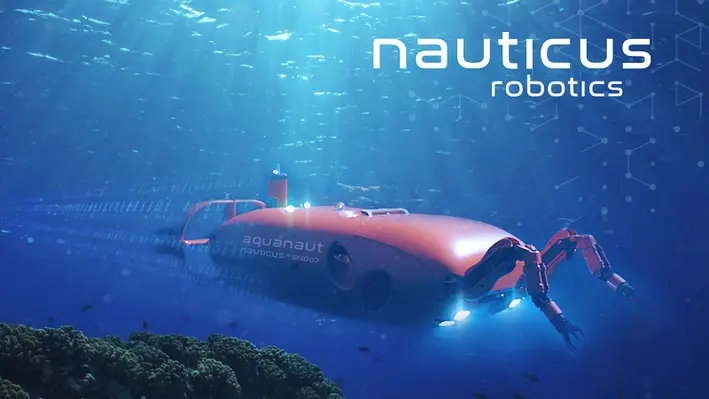

Nauticus Robotics, a developer of autonomous robots using artificial intelligence for data collection and intervention services, has been awarded a contract by Petrobras to deploy its autonomous subsea robot, Aquanaut, to support the company’s offshore activities.
Aquanaut will be used in Petrobras’ deepwater production field using supervised autonomy for infield inspection services. The contract, one of the largest of its kind to date, consists of approximately two months of subsea inspection and expands Nauticus’ growing international presence to South America.
The fully-electric Aquanaut carries an array of multi-spectral perception sensors that allow the robot to detect, classify, inspect, and act upon subsea infrastructure using its pair of manipulators without direct operator control. This method provides significant cost and greenhouse gas emissions reductions over conventional methods.
Nicolaus Radford, CEO of Nauticus, commented, “A contract with another worldwide leading operator for Nauticus speaks to the state-of-the-art technologies of our autonomous robots as we further penetrate the global markets. The market opportunity for Nauticus in offshore Brazil is significant, as it is one of the world's most active offshore energy basins; we are pleased to enter this market through a world class operator.
“We competed through a rigorous tender process with many well-respected industry competitors to earn this business with Petrobras and eagerly await the deployment of our assets to validate our capabilities. We continue to build our robust pipeline of opportunities, giving us confidence to execute on our mission and deliver long-term value to shareholders.”
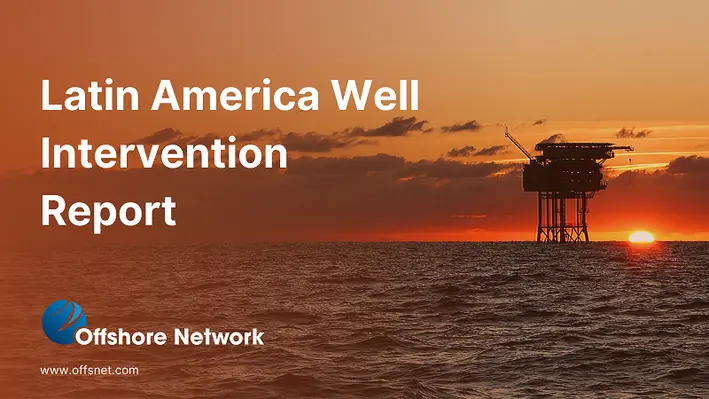
 Brazil has posed itself as one of the key drivers in the Latin American market that is driving the region's growth in the international oil and gas game. A net oil importer until 2014, Brazil has become the top producer in Latin America in 2016, and since then has enjoyed uncontested leadership in the region. While this represents a great opportunity for the region’s oil and gas sector, from the operators to service providers supporting them, there is a looming decommissioning wave on the horizon.
Brazil has posed itself as one of the key drivers in the Latin American market that is driving the region's growth in the international oil and gas game. A net oil importer until 2014, Brazil has become the top producer in Latin America in 2016, and since then has enjoyed uncontested leadership in the region. While this represents a great opportunity for the region’s oil and gas sector, from the operators to service providers supporting them, there is a looming decommissioning wave on the horizon.
The global oil market has been witness to many ups and downs since the advent of the Covid-19 pandemic. Far from stability, it has weathered a persistent conflict in eastern Europe; re-emergence of Covid-19 in China; major, consecutive price cuts by OPEC+ nations, and a global uptake on renewable activity. The IEA, however, has indicated that oil demand would remain steady until it reaches a peak in the mid-2030’s at 103mn bpd before beginning to plateau. It predicted that despite the global energy mix changing to accommodate the surgence of renewable practices coming to the forefront, fossil fuels will still hold a 60% share within the energy game until at least mid-century.
The Ministry of Mines and Energy (MME) in Brazil has big plans on drawing investment to the country's petroleum sector. It will be focusing on the various ways to drive exploration in frontier areas and call for investments in mature, as well as marginal, economic fields. Owing to these ambitious goals, there is a dual opportunity for both greenfield development and production enhancement through well intervention.
Besides the active role of Petrobras on advancing the country’s oil and gas industry, new players are also emerging as the state-owned Brazilian Petroleum Company has been passing on its mature assets to several entities from BW Energy to Trident over the last few years. Petrobras itself has plans to decommission 26 of its floating platforms, with the P-32 asset scheduled to begin the process this year.
On the other hand, high marketed utilisation rates of offshore rigs, especially in Latin America following the eastern European conflict, led to a supply chain gridlock. While many operators are considering collaboration between companies in order to use the same vessel for their respective assets, logistically, that process could also present challenges.
Another challenge in the well intervention industry lies in tackling the high costs involved in the process. This has resulted in the popularity of a slightly more fresh-faced method – riserless light well intervention (RLWI). Used instead of heavier vessels, this has the potential to significantly reduce cost of operations and minimise environmental impact – an increasingly pressing concern for operators.
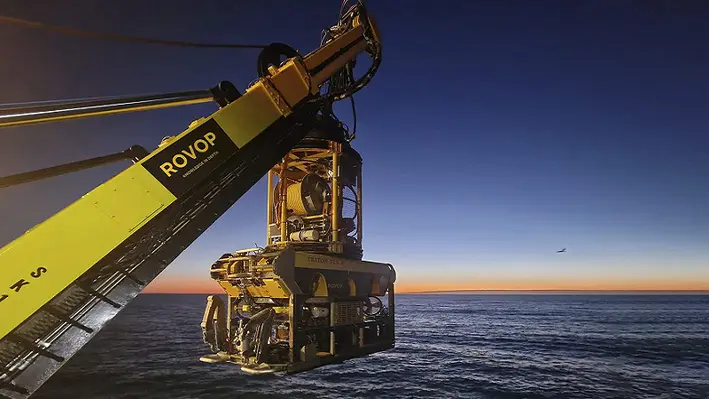

ROVOP, a large independent remotely operated vehicle (ROV) solutions provider, has announced a US$25mn senior secured credit facility with Cordiant Capital (Cordiant), a specialist global infrastructure and real assets manager.
Backed by global private equity firm Bluewater, ROVOP is known for providing its customers with best-in-class equipment and services and is a long-term and trusted partner to blue-chip customers in all key offshore sectors.
Cordiant will support ROVOP with investment into its fleet infrastructure and employees. This will allow the business to continue capitalising on highly favourable offshore market dynamics by securing new contract wins across both new build construction, decommissioning, surveillance, and maintenance services.
Neil Potter, CEO ROVOP, said, “ROVOP is seeing record demand for its services, and Cordiant’s investment means we’re better placed than ever to take advantage of increasing international demand for subsea robotics in both renewable and traditional energy sectors. This investment solidly positions ROVOP for further growth as we continue to invest in our fleet and our people.”
Stephen Foss, Co-Head Energy Transition Infrastructure at Cordiant Capital commented, “ROVOP is a company with great momentum and we’re excited to be supporting them on the next stage of their growth journey. We firmly expect infrastructure service providers like ROVOP to continue thriving as the desire to develop autonomous, low-cost based means of power generation and expansion of digital communication as they continue to grow in importance.”
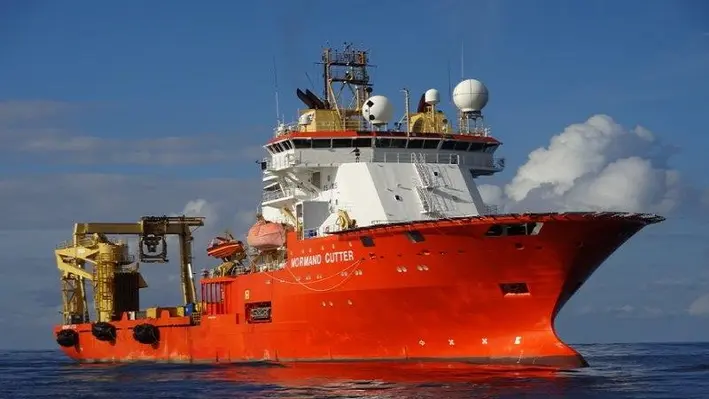

Ocyan, an oil and gas company with a sustainable attitude and knowledge to provide solutions for the industry, has announced that a Solstad Offshore's vessel has arrived in Brazil, ready to perform decommissioning activities.
The Normand Cutter, which is under Ocyan’s management, will perform decommissioning work on Petrobras subsea structures at Campos Basin and Sergipe-Alagoas. The vessel finally arrived earlier in January after the contract was awarded last year.
Normand Cutter is an offshore construction vessel (OCV) of 127.5 m long, equipped with a crane presenting lifting capacity for 300 tons, in addition to a flexible pipe lay system of up to 100 tons and pipe storage of up to 1250 tons. The ship has a crew capacity of 114 people, however Ocyan’s onboard team will be composed of 23 people.
The vessel arrived in Brazil after beginning its journey in Norway. On 12 December 2022, Normand Cutter departed from the country onto Scotland where collection and pipe lay systems were deployed. Now in Brazil, the vessel will perform the first campaign for the collection of equipment at Campos Basin, where it will remain for two weeks to then unload the structures at Vitória (ES). At the end of this first stage, still at Espírito Santo, it will perform the last stage of equipment deployment – rollers and reels for storage of flexible pipes – necessary for the sequence of the project.
André Luiz Magalhães, Executive Manager for Subsea Construction at Ocyan, commented, “This is the first decommissioning contract for offshore production fields in Brazil and we can say that we are at the forefront when it comes to the national production chain. The project will give us experience and a great expertise. This project marks the return of Ocyan to the subsea construction area. We expect a bright future with new opportunities in other companies, including international operators.
“After all this trajectory, in February, Normand Cutter will start to operate definitely at Campos Basin, collecting structures of FPSO Cidade do Rio de Janeiro and FPSO Cidade de Rio das Ostras, and in the second semester, it will initiate the work at Sergipe Alagoas Basin, in the area of the FPSO Piranema. All material will be treated and sent for recycling. Offshore services under the contract will last for approximately one and a half years,” explained the executive.
Rafael Guigon, Director for Subsea Construction Contracts at Ocyan, added, “For Ocyan, the presence of the Normand Cutter in its fleet is a strategic point and will provide a window of opportunity for new subsea construction contracts. From now on, we can search for other projects that require this kind of asset as a work tool for activities performed in this area. This vessel will allow the execution of simultaneous projects.”
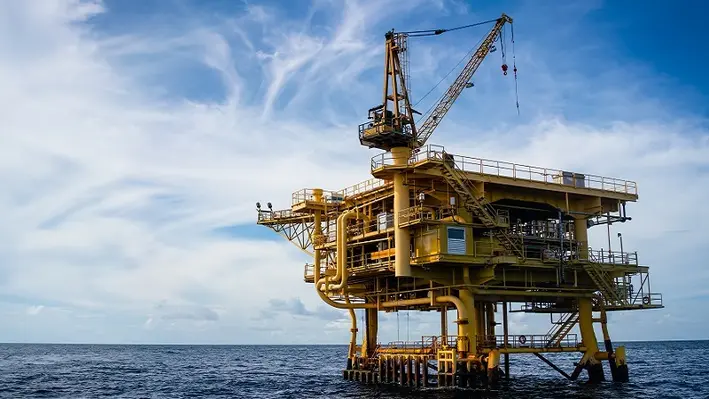

TechnipFMC, a global oil and gas company that provides complete project life cycle services for the energy industry, has been awarded a substantial master services agreement (MSA) for subsea services offshore Brazil.
The three-year contract, awarded by state-owned Petrobras, has an option to extend for a further two years. TechnipFMC will provide life-of-field services to support its installed base offshore Brazil.
The contract – worth between US$250mn-US$500mn as per TechnipFMC’s definition of a ‘substantial contract’ – covers installation, intervention, and maintenance of both equipment and tooling, as well as technical support for subsea umblicals, risers and flowlines.
The agreement succeeds a previous MSA and supports Petrobras’s increased volume of operations. Services will be supplied from TechnipFMC’s base in Macaé, Brazil.
Jonathan Landes, President, Subsea at TechnipFMC, commented, “This new MSA continues our enduring partnership with Petrobras. We are delighted to continue this relationship through this direct award. For 40 years, we have provided services from Macaé, demonstrating the strength of our commitment to delivering services using our in-country workforce.”
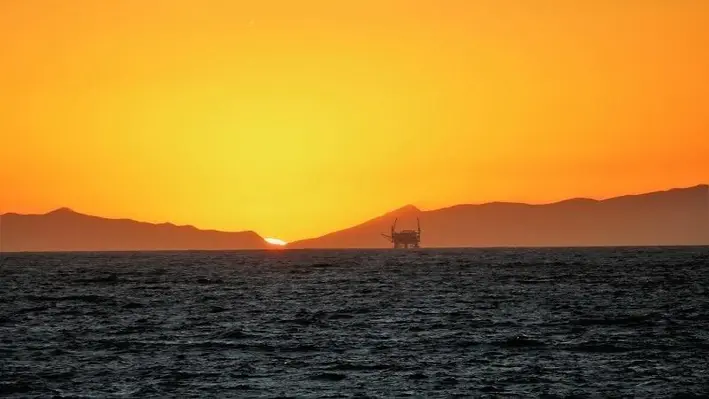

Halliburton Company has completed the installation of the industry's first single trip, electro-hydraulic wet connect in deepwater for Petrobras in Brazil, marking a significant achievement in downhole electric completion technology.
The Halliburton Fuzion EH electro-hydraulic downhole wet-mate connector helps increase well recovery factors by maintaining integrity of Halliburton's SmartWell completion systems throughout the well's lifecycle. It helps further facilitate safer and simpler intervention operations and avoids potential formation damage because of workover operations.
Halliburton plans a future version of a dual trip system Fuzion-EH connector for qualification and implementation by Petrobras in 2023. This system will provide additional benefits in SmartWell system installations while maintaining the benefits of the single trip system.
Mark Dawson, Vice President of Halliburton Completion Technology, Halliburton, commented, “The Fuzion-EH connector is the first step in the fully electric intelligent completion journey and is a product of collaborative development with Petrobras and Shell. This achievement paves the way for us to give customers the autonomous capability to control and manage reservoirs across their wells and assets and deliver on our Future of Completions.”
Olivier Wambersie, General Manager Brazil Technology, Shell, added, “This significant well technology development marks the first single trip, multiple zones, open hole completion. It was a remarkable example of teamwork, partnership and technical collaboration between operators and Halliburton in the Brazilian ecosystem. This technology's first application was enabled using the ANP Levy.”
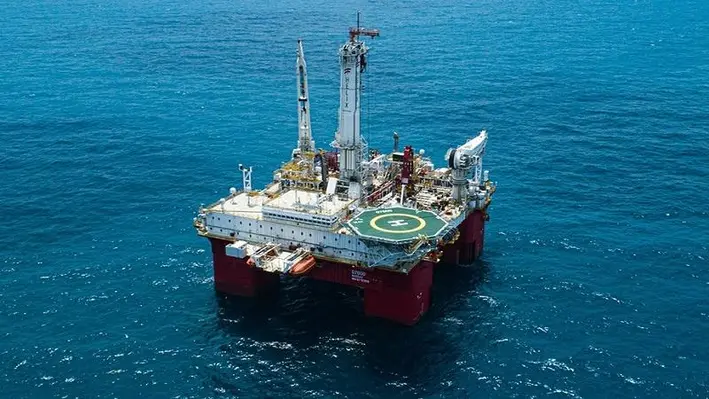

Helix Energy Solutions Group has received a deepwater well decommissioning contract award by Shell Brasil Petroleo Ltd to perform P&A services on subsea wells located in the Bijupira and Salema fields in the Campos Basin.
Helix will provide the Q7000, a riser-based well intervention vessel; a 10K Intervention Riser System; and remotely operated vehicles to complete the project which is expected to take 12 months after starting in early in 2024.
The Q7000, equipped with an IMO-certified DP3 system and the Helix-designed IRS, can execute well intervention operations in water depths ranging from 85 m to 3,000 m. With its open deck plan and tri-axial configuration, the Q7000 is capable of a wide range of production enhancement operations including well clean-up and field development support. The vessel is equally optimised for well decommissioning, including suspension, tubing removal, tree recovery and sea floor clearance.
Scotty Sparks, Helix’s Executive Vice President and Chief Operating Officer, commented, “We are pleased that Helix has been awarded this major well decommissioning contract. This is another step forward in the execution of our strategic objectives which includes contributing to the energy transition by providing best-in-class and global leading decommissioning services. We look forward to continuing our relationship with Shell.”


DOF Subsea has been awarded a three-year contract for two vessels with Esso Exploration & Production Guyana Limited to perform well intervention support; inspection, maintenance and support (IMR); and light subsea construction activities.
This will all be performed to support the growing subsea infrastructures in the Stabroek Block offshore Guyana.
Two Multipurpose Support Construction Vessels with 250-ton AHC crane and two work class ROV systems will be deployed in the country for three-year terms. There is also a possibility they will remain in the region for an additional two years after this time.
The first vessel will mobilise in late October while the second vessel is planned to commence in January 2023.
Mons S Aase, CEO, DOF Subsea commented, “I am extremely happy with this contract award from ExxonMobil Guyana, and entering the important and flourishing Guyanese market. The award further underlines DOF’s leading position in the IMR segment.”
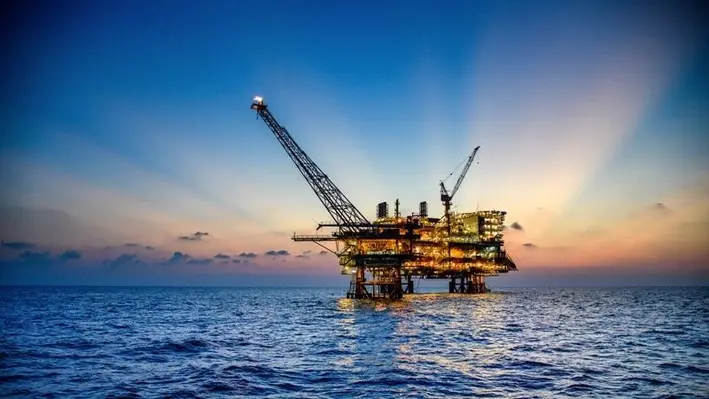

The third well intervention in the Baúna campaign, comprising the installation of a new electric submersible pump in well SPS-92, has been completed and the well brought back on line.
Commissioning of the newly installed pump is progressing well, with the pump expected to be operating at target levels within the next two weeks. Current oil production from the well is approximately 9,500 bopd, compared with 5,500 bopd prior to the intervention. Production from the first two interventions continues to be optimised and together with SPS-92, this has taken total oil production from the Baúna field to approximately 22,000 bopd, towards the upper end of preintervention campaign expectations.
In light of the already strong results achieved from the intervention campaign, and as the BAN-1 expected production uplift of a few hundred bopd is relatively small, Karoon has decided to defer the BAN-1 intervention, to optimise both the overall programme and rig utilisation. Consequently, the Maersk Developer rig will now move to the Patola field, where the first of two new development wells is expected to commence drilling in the next few days.
Julian Fowles, CEO and Managing Director of Karoon, commented, “We are very pleased to have completed the three major interventions on Baúna with no significant safety or environmental incidents. Production has increased from approximately 12,600 bopd immediately before the intervention programme to approximately 22,000 bopd now, with potential further upside as the SPS-92 new pump commissioning is completed, taking production towards the upper end of our targeted uplift range of 5,000 – 10,000 bopd. This is an excellent result, and I would like to thank our Karoon Brazil team, who have significant expertise and a strong track record operating in offshore environments, and our contractor partners, for all their hard work in delivering this programme safely and efficiently. We look forward to commencing drilling on the Patola field, our first development project since taking over as operator of the Baúna concession, once the rig has been mobilised to site.”
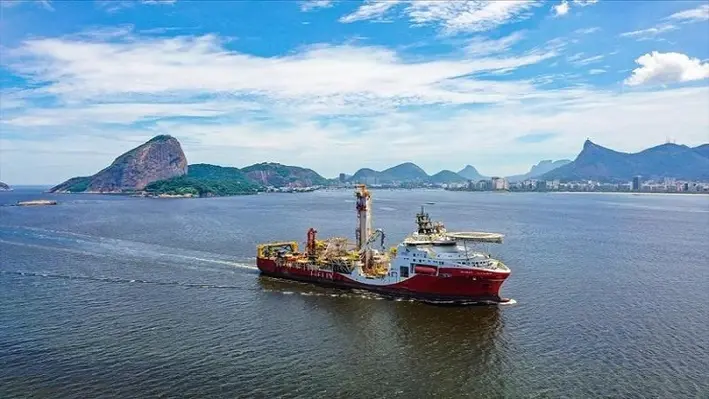

Helix Energy Solutions Group, Inc. has entered into a two-year extension of its well intervention charter and services contracts with Petróleo Brasileiro S.A. (Petrobras) for the Siem Helix 2 well intervention vessel offshore Brazil.
The negotiated extension is scheduled to conclude in December 2024.
Scotty Sparks, Helix’s Executive Vice President and Chief Operating Officer, commented, “We are glad to negotiate this contract extension and look forward to continuing our long and productive working relationship with Petrobras. Market conditions globally and in Brazil have been improving, and demand for our world-class assets and experienced crews has been steadily increasing.”
The Siem Helix 2 is a purpose-built, advanced well intervention vessel capable of performing a wide range of subsea services including production enhancement, well decommissioning, subsea installation, offshore crane and Remotely Operated Vehicle operations, offshore construction and emergency response. The vessel is currently performing riser-based well intervention activities in the Santos and Campos Basins and to date has completed more than 60 well interventions for Petrobras.
Sparks added, “The Siem Helix 2 has consistently provided industry – and global-leading well intervention services to Petrobras. This two-year extension demonstrates the capacity for Helix to continually provide innovative solutions to fit client needs, backed by our experience and proven track record, and supports our Energy Transition business model of offering clients the ability to maximize production from their existing wells.”
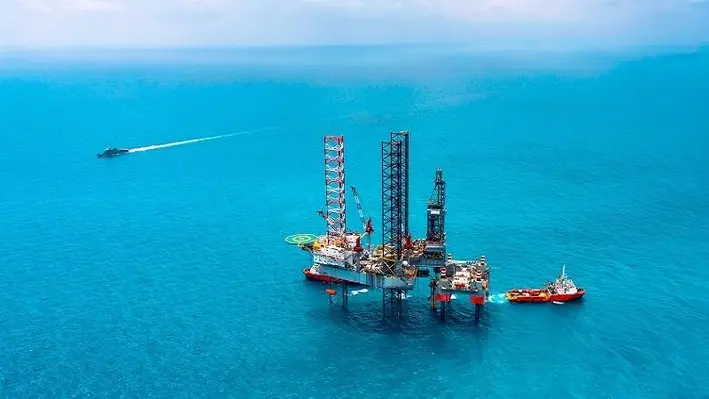

At the rapidly approaching Offshore Well Intervention Latin America Conference (OWI LATAM), members of the oil and gas community will meet to provide updates on the well intervention market and hear how each other are navigating the current operating environment.
Among the host of unique panel discussions and presentations, David Carr, Senior Vice President – International at Helix Well Ops, will examine examples of innovative LWI vessel-based solutions for complex well integrity issues and production enhancement purposes. In doing so, he will help to improve the efficiency of future well intervention projects.
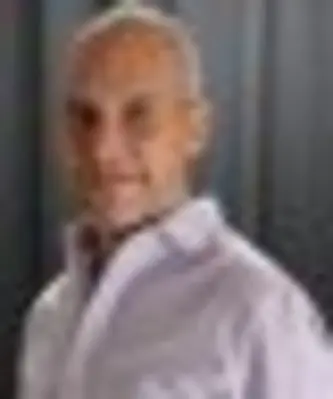
Attendees will have the exclusive opportunity to review multi-service campaigns completed on an integrated vessel and how this can solve a variety of challenges operators face when embarking on intervention projects.
In addition, there will be the opportunity to engage with Carr on how collaboration with an international and multi-disciplinary team has led to seamless operational efficiency, as the Senior Vice President opens the floor up to discussion.
To view the full programme click here:
https://www.offsnet.com/latam/conference-brochure
Or reach out to the details below:
Rachael Brand
Project Manager
T: +44 (0) 20 3409 3041
e:
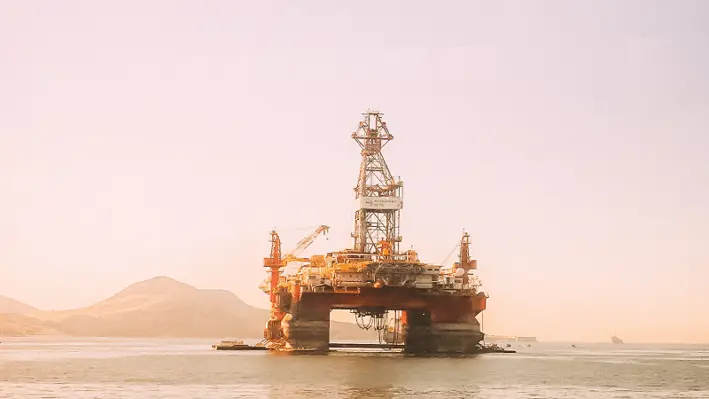

During the forthcoming Offshore Well Intervention Latin American 2022 (OWI LATAM) conference, held in Rio, Brazil, Joao Batista, Wells Technology R&D Manager at Repsol Sinopec Brasil, will hold a session discussing the new Economical Technologies in the region.
Attendees will discover the innovative new technologies within the decommissioning and intervention space that they are encouraged to implement within their own well work.
As well as this, the detailed sessions will dig into recognising the challenges of deepwater technology development in Brazil and work to build a plan to bridge the gaps between knowledge and technology.
Batista will then review the Brazilian O&G ecosystem compared to the ANP levy funds in order to best navigate the activity in the region.

OWI LATAM returns for its third year on 18-19 October and will feature presentations from a number of world-leading experts within the oil and gas community as well as the opportunity to come together and collaborate with renowned global well intervention companies.
To view the full programme click here:
https://www.offsnet.com/latam/conference-brochure
Or reach out to the details below:
Rachael Brand
Project Manager
T: +44 (0) 20 3409 3041
e:
Page 6 of 10
Copyright © 2025 Offshore Network